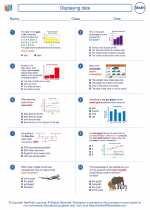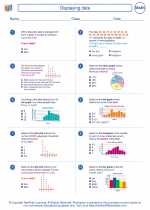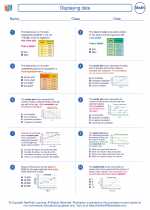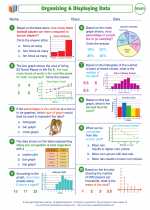Extrapolation
Extrapolation is a mathematical process of estimating values beyond the range of known data. It involves using existing data to make predictions about values outside the range of the data set. Extrapolation is often used in various fields such as science, engineering, and economics to forecast future trends based on historical data.
How to Extrapolate Data
There are several methods for extrapolating data, including linear extrapolation, exponential extrapolation, and polynomial extrapolation. The choice of method depends on the nature of the data and the pattern of the existing values.
Linear Extrapolation
Linear extrapolation involves extending a straight line to estimate values outside the range of the data. It is based on the assumption that the relationship between the independent and dependent variables is linear. The formula for linear extrapolation is:
y = mx + b
Where:
Exponential Extrapolation
Exponential extrapolation is used when the relationship between the variables follows an exponential growth or decay pattern. The formula for exponential extrapolation is:
y = a * (b^x)
Where:
Polynomial Extrapolation
Polynomial extrapolation involves fitting a polynomial function to the existing data and using it to predict values outside the range. The degree of the polynomial depends on the complexity of the data pattern.
Study Guide for Extrapolation
When studying extrapolation, it's important to understand the following key concepts:
- Identifying the type of relationship between variables (linear, exponential, polynomial)
- Choosing the appropriate method for extrapolation based on the data pattern
- Calculating the slope and y-intercept for linear extrapolation
- Determining the initial value and growth/decay factor for exponential extrapolation
- Fitting a polynomial function to the data and using it for prediction
- Understanding the limitations of extrapolation and potential sources of error
Practice problems and real-world examples can help reinforce the understanding of extrapolation and its application in various contexts.
Remember to always critically evaluate the results of extrapolation and consider other factors that may impact the accuracy of predictions.
.◂Math Worksheets and Study Guides Eighth Grade. Displaying data

 Worksheet/Answer key
Worksheet/Answer key
 Worksheet/Answer key
Worksheet/Answer key
 Worksheet/Answer key
Worksheet/Answer key
 Worksheet/Answer key
Worksheet/Answer key
